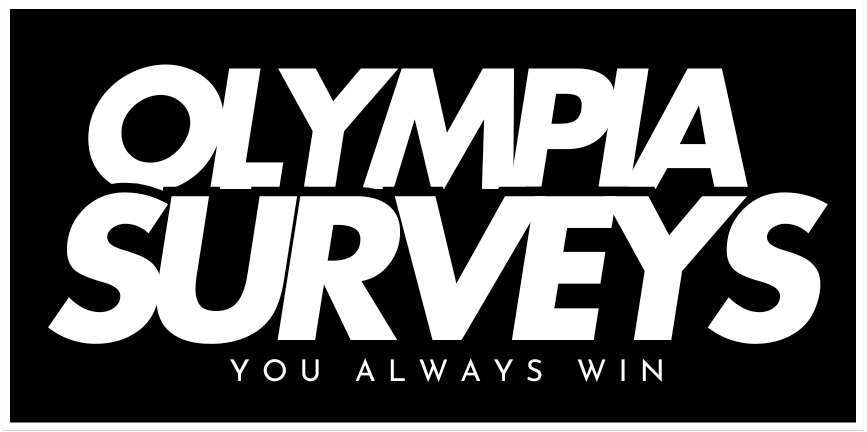Drones have completely changed the game for land surveying, making it way faster and more cost-effective. Whether it’s topographic surveys or keeping tabs on construction progress, drones are proving to be an unbeatable tool.
Equipped with advanced sensors like LiDAR, drones can gather detailed data that was once only possible through more expensive and complex methods. LiDAR, for instance, helps in generating precise 3D models, while thermal imaging can detect heat patterns, which is hugely beneficial in various environmental assessments.
Picture mapping out large areas in a matter of hours, not days. Drones can cover expansive regions quickly and efficiently, providing surveyors with high-resolution aerial images that are crucial for accurate mapping and planning.
What might’ve taken weeks with traditional methods can now be done in a significantly shorter time, reducing labor costs and improving project timelines. Plus, drones can reach places that are either difficult or dangerous for humans to access, adding another layer of safety and efficiency.
However, it’s important to get acquainted with local regulations regarding drone usage. Surveyors looking to incorporate drones into their workflow should invest in proper training—not just for operating the UAVs, but also for interpreting the data collected effectively.
3D Laser Scanning: Precision and Detail in Modern Mapping
3D laser scanning is redefining precision in land surveying. This technology delivers highly accurate and detailed three-dimensional models of any given area, transforming how surveyors approach various tasks.
One of the standout features is its ability to capture millions of data points in a fraction of the time it would take using traditional methods. This data richness enables creating intricate 3D representations that aid in everything from construction planning to heritage site preservation. These models help project stakeholders visualize complex environments, making informed decisions that could save time and resources.
Mobile laser scanning systems are further expanding these capabilities. Mounted on vehicles, these systems can efficiently map lengthy stretches of roads or railways, providing detailed information critical for infrastructure developments.
Beyond infrastructure, laser scanning proves invaluable in disaster response scenarios. When natural calamities alter landscapes, quick and accurate data is vital. Surveyors can quickly assess damage and plan recovery operations with precision.
For surveyors interested in integrating laser scanning into their toolkit, focusing on data interpretation skills is crucial. Understanding how to read and analyze the data can enhance project outcomes and ensure that stakeholders get the maximum benefit from this innovative technology. Continuing education and training in using the latest software for processing this data are essential steps in staying at the forefront of land surveying advancements.
AI and IoT: Smart Solutions for Surveying Challenges
Artificial Intelligence and the Internet of Things are shaking up the way we approach land surveying, bringing smart, resourceful solutions right to our fingertips. With AI, surveyors can now automate tedious data analysis tasks, enabling quick identification of patterns and extraction of valuable insights from vast datasets. Having this capability cuts down on human error and speeds up decision-making processes.
AI doesn’t just stop at data analysis. It has the potential to drive autonomous surveying operations, reducing the effort and time required from human surveyors. Imagine the possibilities of having AI systems perform routine surveying tasks, freeing up experts to tackle more complex issues.
Meanwhile, IoT-enabled devices are connecting the dots, gathering real-time data on various environmental and infrastructure conditions. These devices offer the ability to remotely monitor and manage surveying operations, which can be a huge cost-saver. They’re particularly useful in areas that are hard to access, providing reliable data without the need for constant physical presence.
A practical tip for surveyors looking to leverage these technologies is to invest in comprehensive training for data handling and system management. Understanding the integration points between AI, IoT, and existing surveying equipment can optimize the whole process, making it not only smarter but also more efficient. Keeping up with technological advancements in this rapidly evolving field is essential for staying competitive and delivering value to clients.
Augmented Reality and Blockchain: Enhancing Transparency and Visualization
Augmented Reality (AR) is making strides in enriching the land surveying realm by offering powerful visualization tools. Through AR, surveyors can overlay complex digital data onto physical landscapes, providing a clear and immediate understanding of how future projects might integrate with existing environments. This capability not only enhances comprehension but also facilitates better communication with clients and stakeholders, making it easier to showcase potential outcomes and modifications.
In fieldwork, AR can offer real-time guidance to surveyors, improving accuracy and efficiency on-site. By seeing data in context, surveyors can make instantaneous adjustments, reducing the room for errors and aligning their projects more closely with planned objectives.
On the other side of innovation is blockchain technology—a robust solution for data integrity and security in land surveying. Blockchain’s tamper-proof data structure ensures that survey data remains unaltered and transparent, drastically reducing the risk of fraud and errors. This is particularly crucial in maintaining trustworthiness in land titles and transactions.
Smart contracts powered by blockchain can further streamline administrative tasks like property rights transfers and registration processes, making them faster and more reliable. Surveyors and stakeholders alike can benefit from these efficiencies, reducing legal complexities and improving transaction timelines.
For professionals looking to integrate these advanced technologies into their work, understanding how AR and blockchain can be implemented practically is vital. Whether it’s through enhancing visualization potential or securing data integrity, these tools are increasingly indispensable in modern surveying. Investing time in learning how these technologies complement each other can maximize their benefits and set a new standard for efficiency and accuracy in the industry.

Leave a Reply